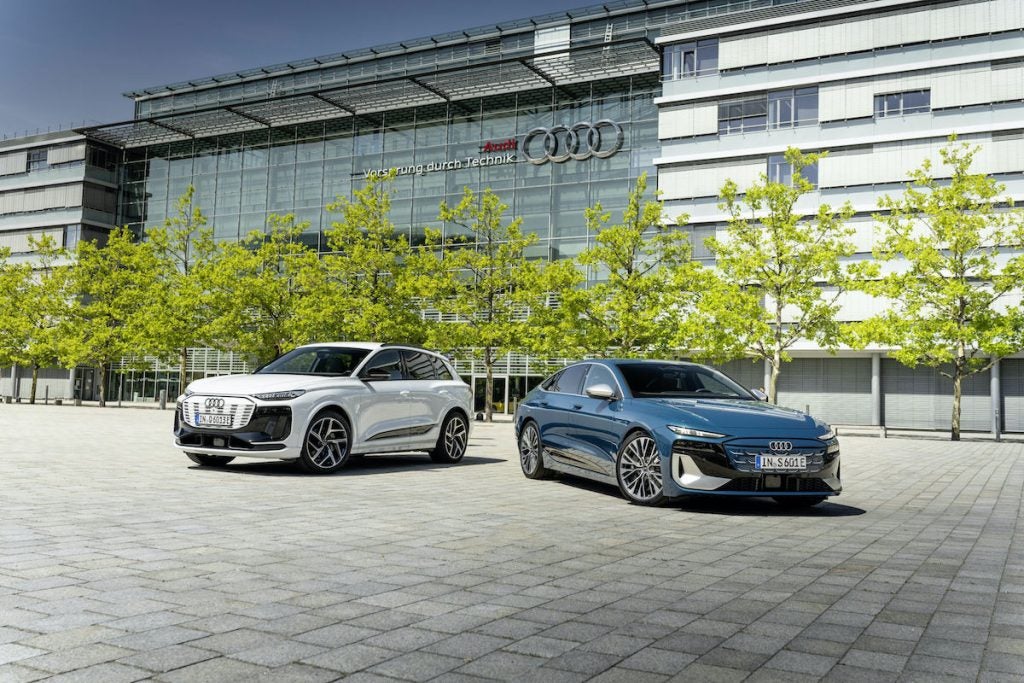 With entry to the World Trade Organisation, falling car prices, rising incomes and plenty of local supply, it was perhaps to be expected that the Chinese car market would be strong this year. Chinese automobile manufacturers are taking full advantage of the Chinese demand upsurge and increasing their share of the market. Michael Dunne of Automotive Resources Asia reports the latest market data.
With entry to the World Trade Organisation, falling car prices, rising incomes and plenty of local supply, it was perhaps to be expected that the Chinese car market would be strong this year. Chinese automobile manufacturers are taking full advantage of the Chinese demand upsurge and increasing their share of the market. Michael Dunne of Automotive Resources Asia reports the latest market data.
When in 1972 the US Secretary of State Kissinger met with his Chinese counterpart, Zhou Enlai, to negotiate the Shanghai Communique, he asked Zhou if China had a war strategy should there be an escalation in the border conflict with the Soviet Union.
“Well of course,” replied Zhou. “On the first day, we will surrender 5 million troops, on the second day we will surrender 10 million troops, and on the third day we will ask the Soviets if they are ready to surrender!”
China’s 1.3 billion people are, at once, the nations’ greatest liability and its greatest strength.
Chinese manufacturers have taken advantage of the mind-altering pool of labour to make the world’s cheapest textiles, toys and and shoes. It was only a matter of time before that advantage moved up into more sophisticated products like computers, cell phones and cars.
How well do you really know your competitors?
Access the most comprehensive Company Profiles on the market, powered by GlobalData. Save hours of research. Gain competitive edge.

Thank you!
Your download email will arrive shortly
Not ready to buy yet? Download a free sample
We are confident about the unique quality of our Company Profiles. However, we want you to make the most beneficial decision for your business, so we offer a free sample that you can download by submitting the below form
By GlobalData If China’s car market in 2002 is any indication, that time has arrived. In the first half of 2002, Chinese-branded passenger car sales have jumped to 15 percent of the market, from only 5 percent a year earlier.
If China’s car market in 2002 is any indication, that time has arrived. In the first half of 2002, Chinese-branded passenger car sales have jumped to 15 percent of the market, from only 5 percent a year earlier.
The Chinese assault has been as abrupt as it has been unexpected.
Three years ago, the Red Flag, a rough copy of the old Audi 100, was the sole Chinese brand in the car market. Built by First Auto Works, the Red Flag was widely seen a a token effort to provide a State car for the more nationalistic minded officials in Beijing. Annual sales were just a few thousand units. Private Chinese businessmen preferred Mercedes, Audis, Buicks and BMWs, looking with a mixture of embarrassment and disdain at the counterfeit Audi.
In 2002 the newly freshened Red Flag’s sales are up 146 percent and may reach 35,000 units for the year. The Chinese full-size sedan, powered by a Nissan engine, has attracted a following among businessmen in second tier cities and among premium taxi fleets.
Even more dramatic competition is coming from new Chinese products in the small car segment. Leading the way are three bare bones, just-reliable-enough small cars, with the innocent-sounding names of Geely, Flyer and Chery (QiRui or surprising preciousness in Chinese).
The Geely is built in Zhejiang Proviince, south of Shanghai, and uses the same chassis as the Tianjin Xiali, an older Charade produced under license from Daihatsu. Sales of the Geely through the first six months of 2002 reached 18,964 units an increase of 74 percent over the same period in 2001.
|
The Qinchuan Flyer, a minicar with a price starting at less than $5,000, borrows a chassis and powertrain from the Suzuki Alto. In production since February, the Flyer has recorded sales of 8,546 units in the fist half to carve out 2 percent of the passenger car segment. The Flyer operations are owned by NORINCO, a company affiliated with the Chinese military.
Taking the industry most by surprise is the Chery, a small sedan assembled from a SEAT production line imported from Spain. Sales of the Chery through the first half of 2002 reached 23,571 units, a 167 percent increase over the same period in 2001. The Chery is a product of a joint venture between Shanghai Auto Industry Corporation (SAIC) and a municipal government in land-locked Anhui Province. SAIC is also partners with Volkswagen AG and General Motors. SAIC-Anhui Chery expects to reach sales of 100,000 units in 2003, powered by two new models equipped with 1.0 and 2.5 liter engines.
Competition from inexpensive Chinese makes has not caused global automakers to panic – at least not yet – primarily because just about everyone is making gains in this red-hot market.
“Chinese car sales set another record in June, up a startling 51 percent over the same period in 2001. “ |
The Volkswagen Jetta, which has been produced in China since 1992, led all models with sales of 10,903 units, up 21 percent from a year earlier. The Volkswagen Group, operating two joint ventures in China, still holds 40 percent market share. Citroen’s ZX recorded a 73 percent increase to 7,544 units, thanks to the introduction of a freshened version of the French sedan. And GM, led by the fast-moving Buick Sail, is on track to sell 95,000 cars in China this year.
But woe to the manufacturers who discount the Chinese challenge. Further solidifying China’s budding reputation as a global manufacturing base, Honda this month announced plans to manufacture in Guangzhou 50,000 small cars for export to Europe, beginning in 2004. For a while, global auto makers will find it profitable to dominate the premium segments of the Chinese car market. Audi, Honda, VW and Mercedes make hard-to-beat premium sedans.
But time and sheer volume surely seem to be on the side of the Middle Kingdom.









